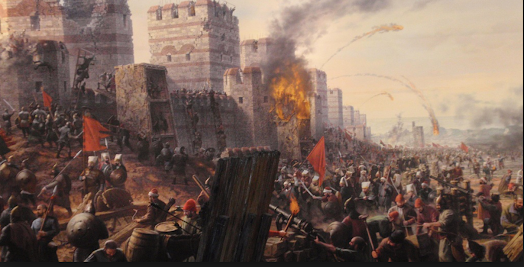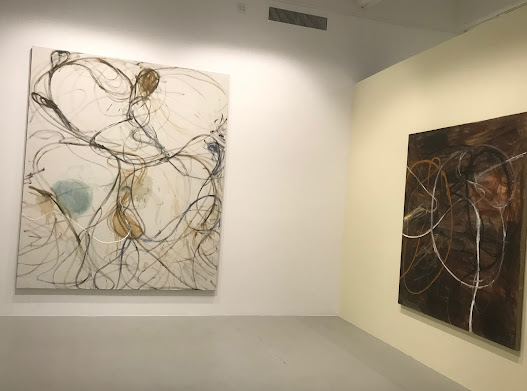(Drivebycuriosity) - Do you like "Game of Thrones", the violent & bloody fictional medieval struggle about power? Then you might enjoy, the real thing: The House of Habsburg" by John Abbott (amazon). This non-fiction book describes the history of a family who ruled most of Europe over many centuries. History is much more violent and gory than fiction.
The Habsburg story starts around the 13th century. Like in the fictional "Game" the world is ruled by ruthless & murderous men and the most ruthless rules them all were the Habsburg. They could acquire and control Austria, Hungary, Spain and many other kingdoms & duchies - and many of the Habsburgs became emperors of the Holy Roman Empire of the German Nation. The books is filled with intrigues, assassinations, bloody revenges & murder.
Referring to the year 1492 Abbot writes: "In those dark days of violence and of blood, every petty quarrel was
settled by sword. All over Germany the clash of steel against steel was
ever resounding. Not only kings and dukes engaged in wars, but the most
insignificant baron would gather his few retainers around him and
declare formal war against the occupant of the adjacent castle. The
spirit of chivalry, so called, was so rampant that individuals would
send a challenge to the emperor".
Refused To Dance
And: "The Lord of Praunstein declared war against the city of Frankfurt,
because a young lady of that city refused to dance with his uncle at a
ball."
There was a sheer endless row of wars, inflamed by ruthless princes who behaved like highway robbers. I was surprised how irrational, superstitious & hypocrites many of the Habsburg emperors & kings behaved. The celebrated Maria Theresia, who gave birth to 16 children, was no exception. Her offspring was just currency in her quest for power.
I learned that life for an ordinary person in these time was just misery and that people were just worthless pawns in the bloody games of kings, dukes, bishops and other so-called nobles.
Abbott wrote the book in the early 19th century, therefore the book ends around 1792. The author had a peculiar style, which is sometimes amusing and he clearly showed his dislike of all the predators who had controlled the world.
I learned a lot from this book, especially how much the world has changed over the centuries. At the time of writing the kindle version costs just 99 cents. Buy and read it!























































